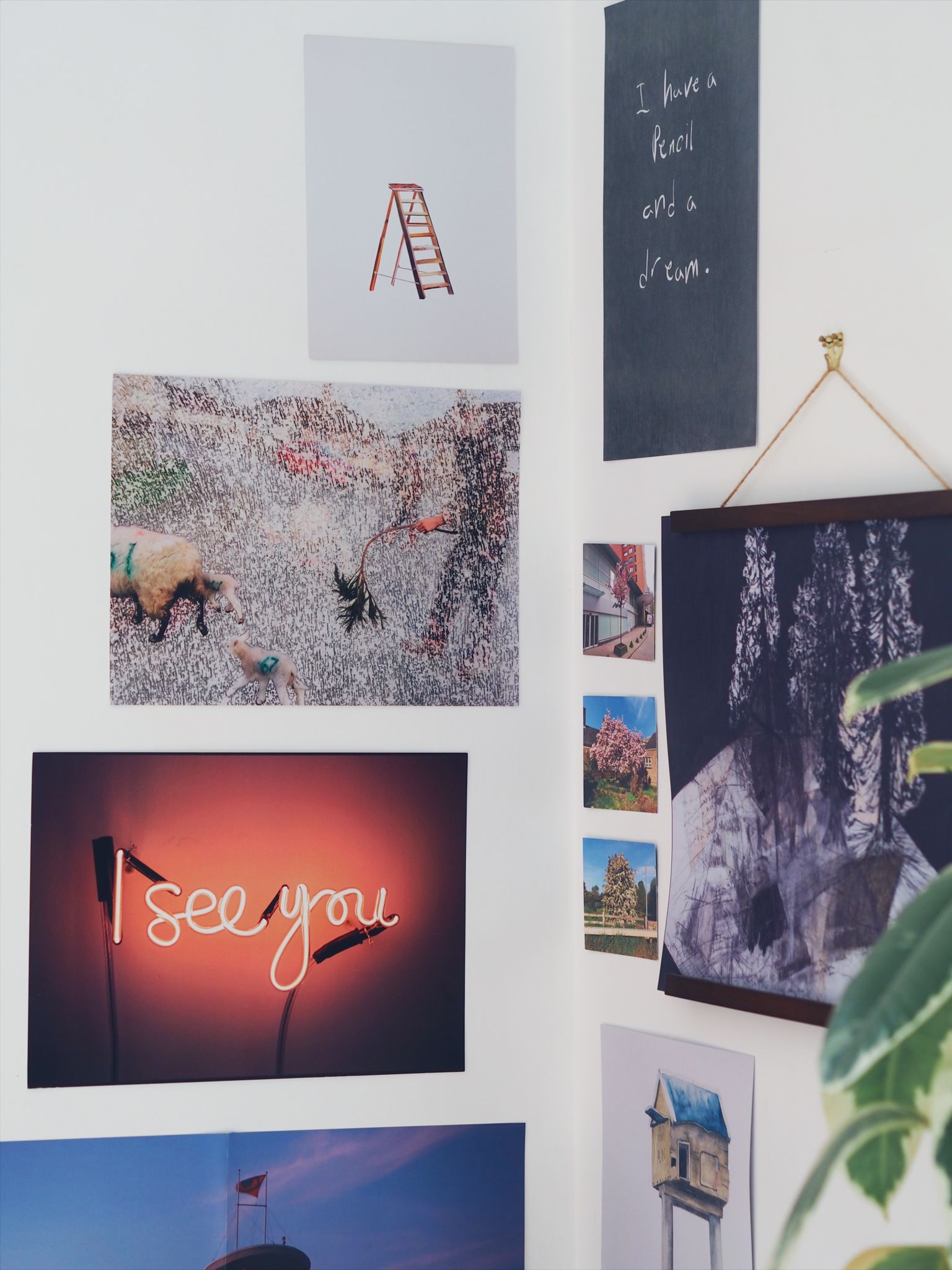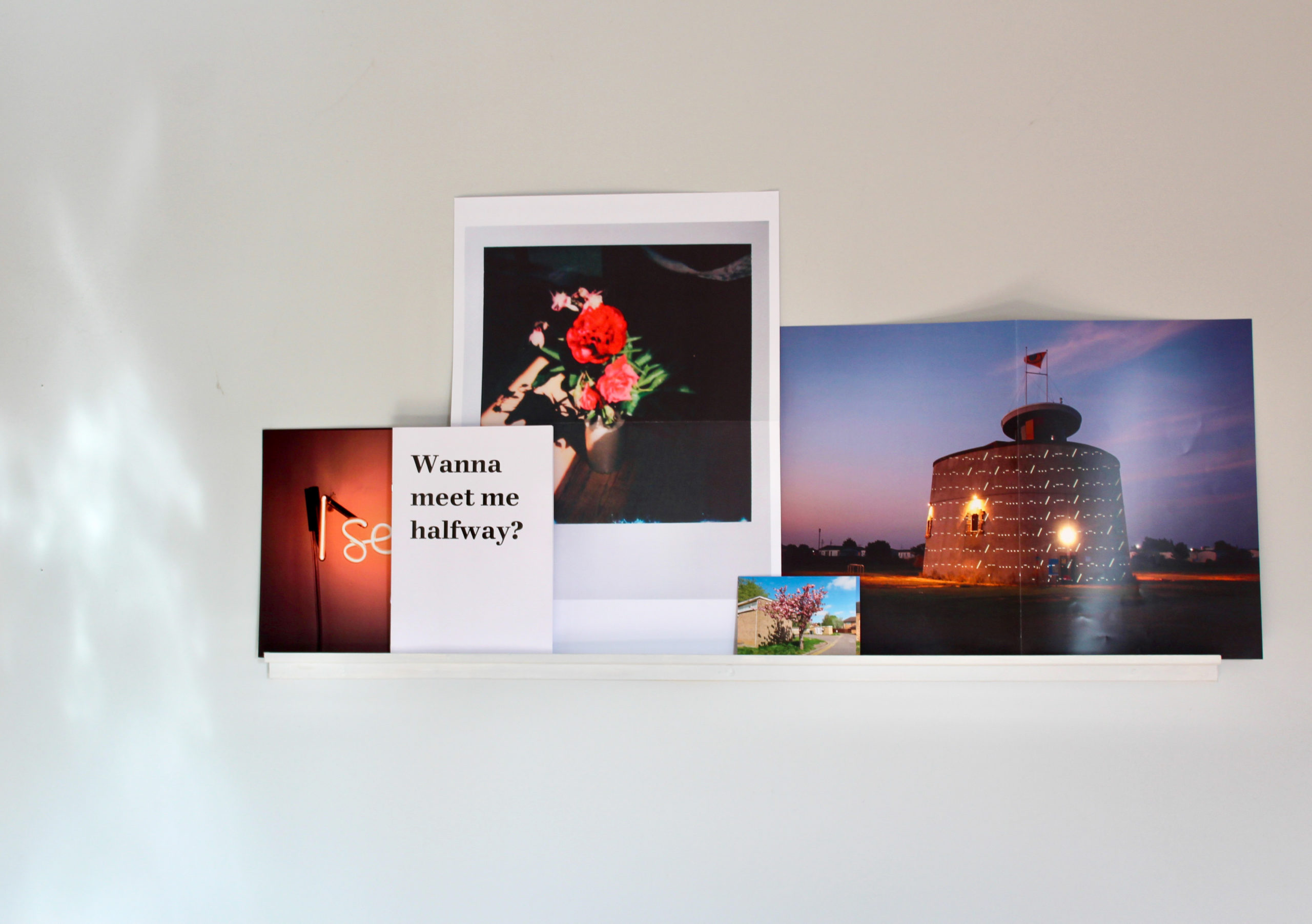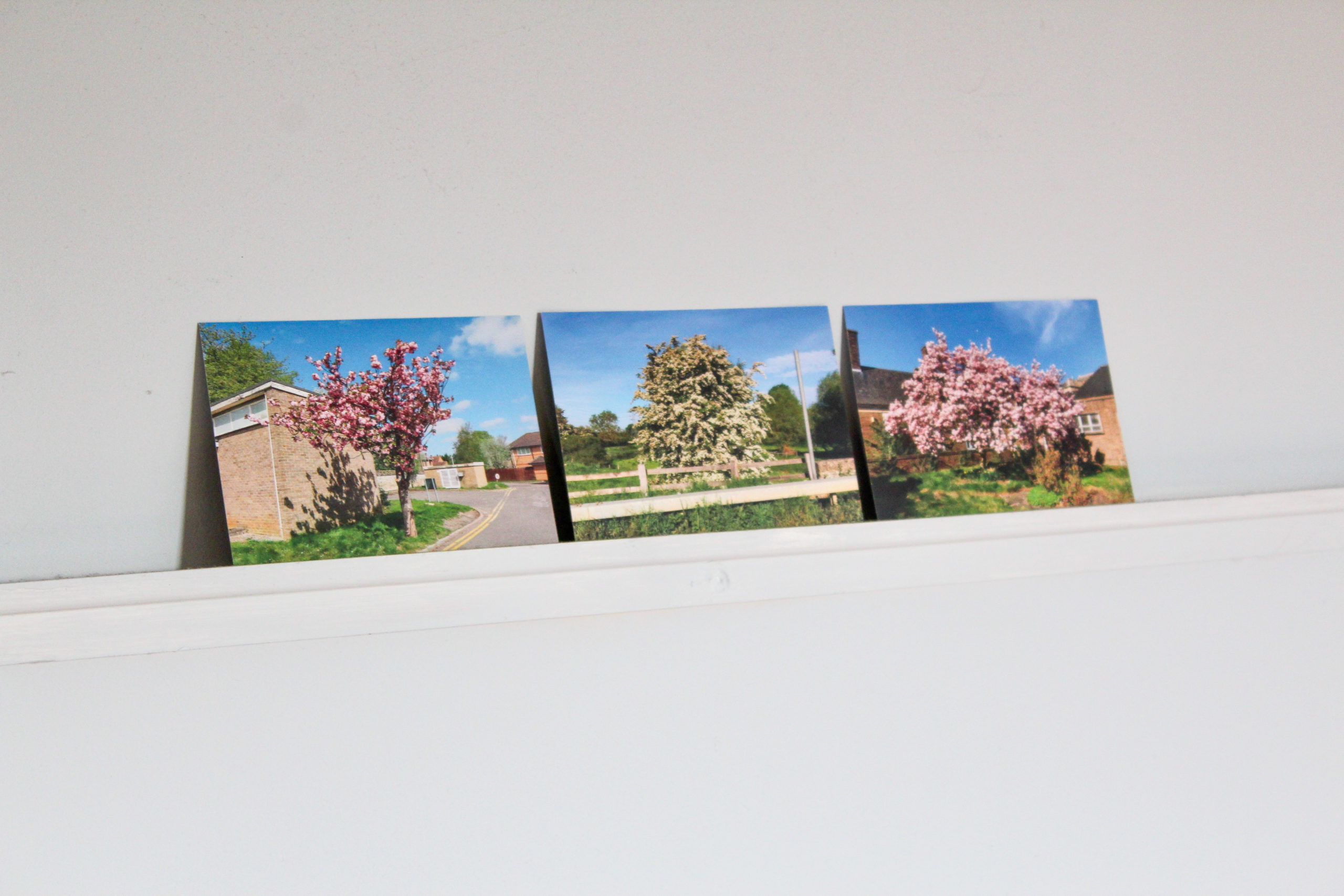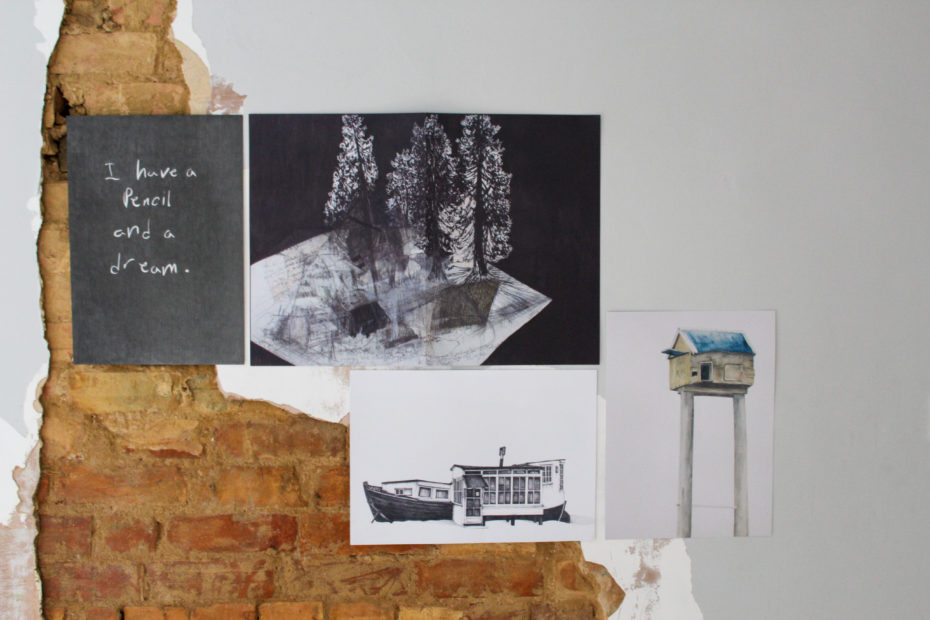Afterword is a Q&A series with authors to give an insight into the different ways you can produce a publication. Every author is asked the same questions. In this post we meet artist Kate Genever who has recently published Wanna meet me halfway? with Social Art Publications.
KG: Drawing is at the core of and catalyst for my practice. I draw from, with and together, in different places, to consider how we all cope and imagine in response to immediate problems. I build deep connections with people in the celebration and support of site-specific responses, DIY architectures and community actions. Wanna meet me halfway? focuses on some of these, as well as offering a structure for people to come around and improvise with.
1. How did you start making your publication?
I’d like to have a conversation with you - Wanna meet me halfway?
I have the ambition to cultivate an action with this set of prints. An action within a community of people who have the same starting points create unique exhibitions in their homes or wherever. Wanna meet me halfway? is therefore also an invitation.
The contributing authors and I collaborated on the selection. Sometimes their words came first, other times it was my image. We worked hard to create a dialogue between our work, so one didn’t just illustrate the other. Rather we encouraged meanings to slip and slide. Like a script, Wanna meet me halfway? will only come to life through your reading and interaction with it. I welcome this, trusting that your ideas and exhibitions will make it different and complete.

“I was interested in getting artwork to people given they couldn’t get to art.”
I started with the idea during the first lockdown. I was interested in getting artwork to people given they couldn’t get to art. I liked that people would receive a box of artworks that they could curate in their own setting. The texts that accompany the prints are there to support people and perhaps give ways into the work if they want it. I have also included a ‘help sheet’ type thing for those who feel unconfident at using the box.
I think the art loans schemes that museums and galleries do are great and I have done residencies in handling collections where people and schools can borrow artworks and objects. I also run a small gallery in my front garden in the shape of a Notice board and Flag pole. I curate international artists’ work into these spaces that can be accessed by my community and online. I am fundamentally interested in reducing the barriers between contemporary art and people. It’s ‘Culture as Ordinary’ stuff that Raymond Williams talks about.
I developed a trial version, albeit it is very different from my recent commission for Leeds2023. That involved creating the content in collaboration with communities across the city. But it has some similar ideas – but that is very much talked about as an exhibition in a box. This is a box set of prints that I hope people will use in their homes alongside their own things.
I produced the prints in photoshop using photos I have taken of my work. The decision on scale and paper style was determined by the work itself. I also considered the domestic settings of most and liked that multiple prints could be displayed. There are all sorts of sizes in the box so people can explore and try things out.

2. How did you print your publication?
I used Mixam. They are great and the platform is really accessible. I used different paper types and weights. The edition is 50 so the print run is limited and addresses the question of sustainability plus it also makes the boxset special.
3. How did you fund your publication?
I am supported by SHED - a charity that supports and promotes sustainable development for the benefit of the public. Alongside the promotion of equality and diversity for public benefit.
ACE turned the application down twice.
4. How did distribute your book and what has the response been?
“Having an ISBN number validates the work and therefore improves its and my credibility.”
Having an ISBN number validates the work and therefore improves its and my credibility. It enables the work to be taken seriously and helps with its distribution.
The boxset will be promoted via my network and the networks of those involved… so all the authors will share and host the work.
The publication will be available for sale via my website.
The work will become part of the Social Art Library along with other works and projects I have done.
Creating the boxset influenced the Leeds2023 commission and also informed applications and exhibitions. I hope to use and share the work with groups and I hope that people who use the boxset will share their responses via social media.
5. Any final tips and tricks?
The publication took a lot longer than I anticipated – in part because I couldn’t work out how to choose the set of images. I wanted a range that acknowledged the breadth of my work and practice, but these also had to sit together somehow as a set and work with the texts people generously provided. I think I’ve found a happy medium.
There was a deadline in my head, but I guess it moved as each round of funding failed. It was SHEDs involvement that helped me get it finished. Their support allowed me to free up what I wanted to do. They trusted me to know how it could be.
I collaborate a lot anyway. So the involvement of others in the making of a work is normal – I like it and I like what this thinking brings. The work is often better for the critical input of others. The authors included in the publication have been very patient and generous. I have had some of their texts for ages and so feel pleased to finally be able to get things completed.
They offered their words freely and this has allowed the publication to be as layered as it is.
SAP has supported this project and helped me realise the work and get it promoted beyond my network. This is important as I want to share the idea and prints widely.

Website: kategenever.com Instagram @kategenever
Commissions and exhibitions include: Creative Consultation with Public Realm outcome (2020/21) LEEDS2023; Whose Culture? (2021): Peterborough Cultural Strategy Group; Encyclopaedia of Us (2019 – ongoing) 3 Ways East; Consequences (2020) Metal; Made by Hands (2020) Rotterdam; The John Ruskin Prize (2019); Who Cares? (2018/19) Lakeland Arts; Leap of Faith (2018) Yorkshire Sculpture Park and Manchester Met University; Museum of Contemporary Farming (2018) Museum of English Rural Life and Exchange (2017) The Turner Prize and Ferens Art Gallery.
